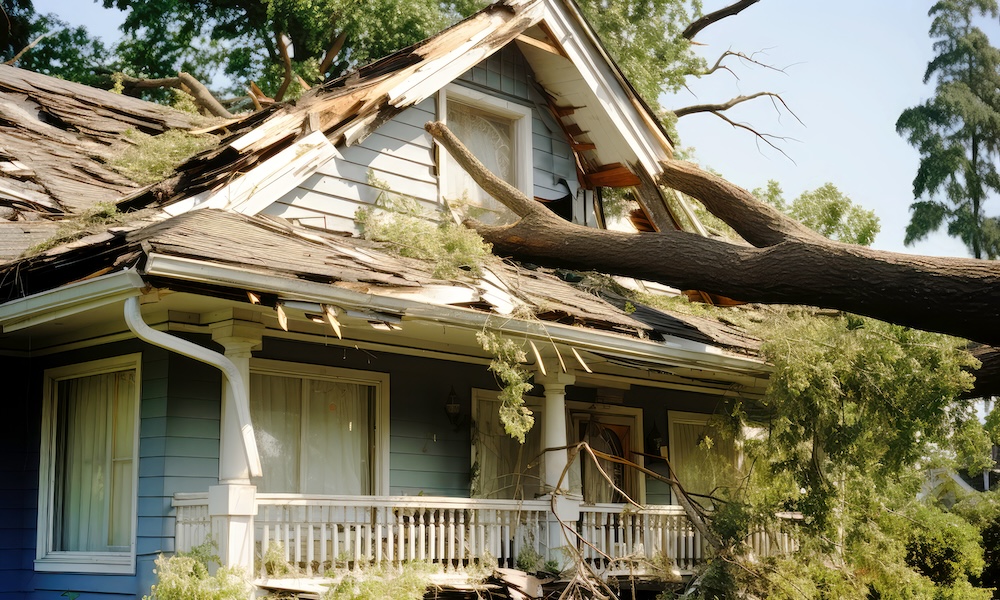
Trees are very beneficial for the environment and add value to your property, however they can also be extremely destructive and even deadly. With billions of trees on residential and commercial properties, the potential for property damage from trees is a significant risk. Did you know a mature hardwood can weigh as much as 40,000 pounds and can potentially cause as much as $500,000 or more in structural damage?
Trees as Insurance Risk
Usually, discussion of trees and insurance focuses on what types of damage are covered under an existing policy. However, as we experience more adverse weather events, insurers are factoring the potential for damage from trees into your total premium cost. Many insurers now use aerial imagery to view your trees and assess the tree canopy on and near your roof.
Why the increased focus on potential tree damage? Analysis of storm related claims from weather events in recent years has helped insurers understand that many claims historically categorized as wind/storm damage were in fact the result of tree failure. This new understanding that trees themselves are an insurance risk has led many insurance companies to factor trees on a property into the cost of insurance.
How does this impact you as an insured? To mitigate the cost of losses related to tree damage insurance companies may charge a higher premium for increased risk, they may require you to take steps to mitigate the risk for future loss (i.e. trim and/or remove trees from property), or they may elect not to provide coverage. Currently at least one national carrier is not approving new homeowner’s policies for homes with more than five percent of the roof covered by tree canopy.
Maintaining healthy trimmed trees on your property can help you save money on insurance premium and also protect you from liability and lawsuits. While in the past waiting for nature to take its course and then seeking insurance reimbursement was a common practice, now homeowners will increasingly face the choice to either pay more in insurance costs each year for poorly maintained trees or take steps proactively to properly maintain and trim trees on their property in order to maintain policies and pay less in premium.
We know many consumers are looking for ways to manage rising insurance costs. If you have questions about how trees on your property may be affecting your insurance costs give us a call today.



